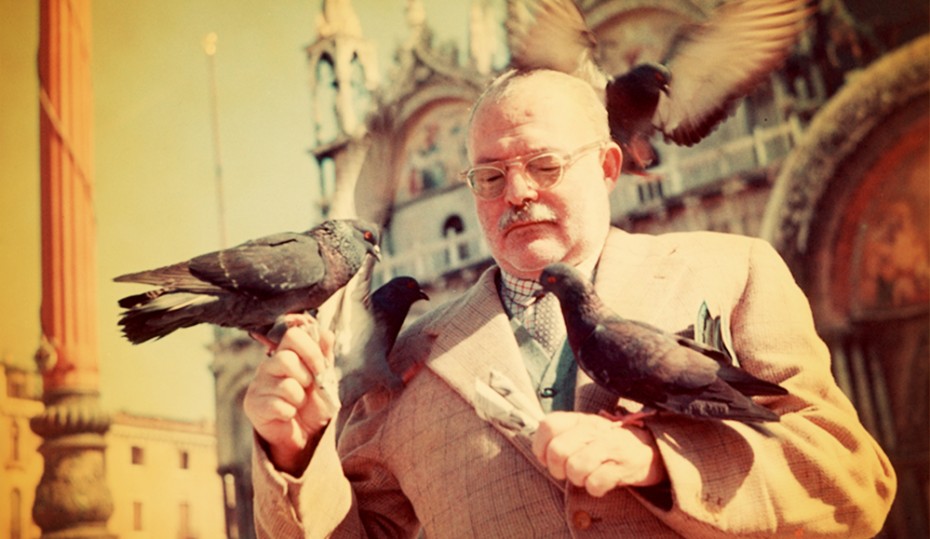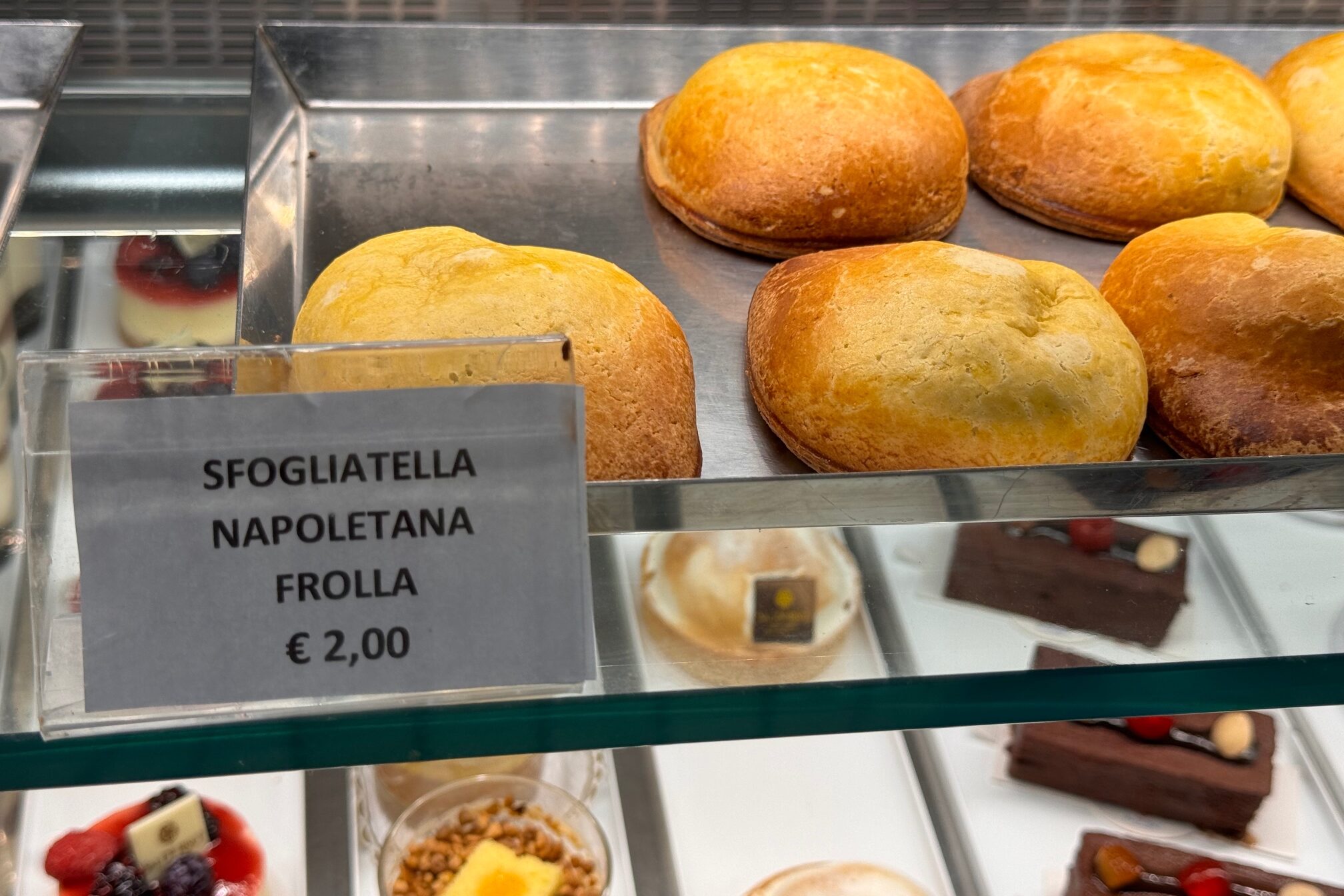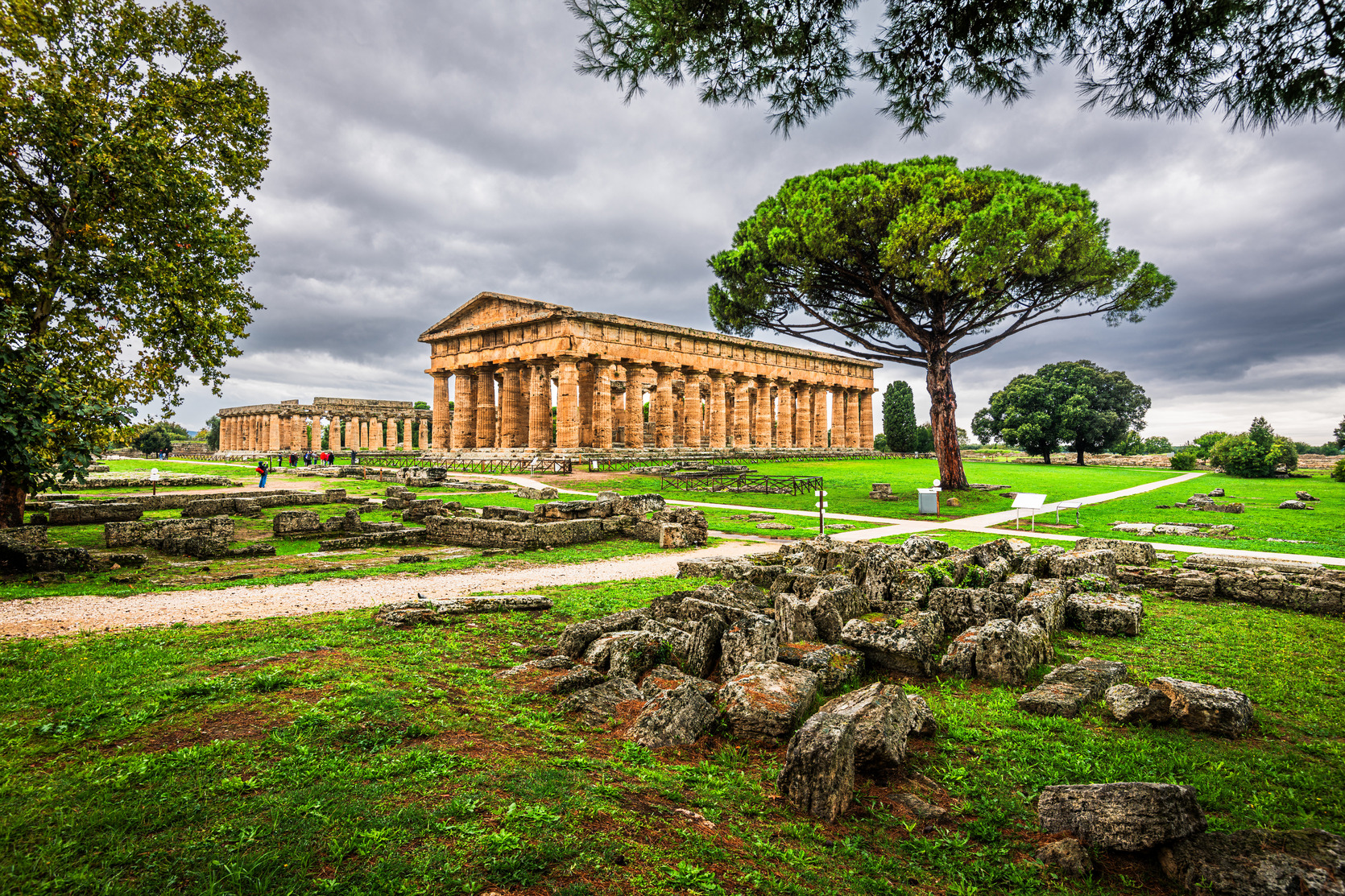Once it was evident that Benito Mussolini would solidify his political power in the 1920s, it was almost as if Ernest Hemingway declared a self-imposed exile with Italy and vowed never to return until Il Duce and his fascist cohorts were unconditionally ousted. From the late twenties to post World War II, Papa had moved on from his profound affection with Italian culture and developed a genuine interest and affinity with Spain in the 1930s and later with Cuba in the 1940s. He did not return to Italy until 1948.
Papa, however, continued to write about his experiences in Italy and as aforementioned his not always flawless written Italian in his fictional literary pieces. Ernest remained nostalgic for Italy because it was a constant reminder of his youth and his first love Agnes von Kurowsky. Furthermore, his intense emotions for Italy did not easily subside as he wrote in Death in the Afternoon, “They say everyone loves Italy once and that it is well to go through it young.”
Hemingway grew disenchanted with Italy because of Mussolini’s oppressive government. His fond memories while he was younger in Italy turned morose because of a tyrant and his repressive political ideology. This is apparent in a short story that he first titled Italy-1927 and later changed to Che Ti Dice la Patria?
Ernest, together with his friend Guy Hickok, went to visit Italy in 1927 primarily because Papa was getting divorced from his first wife Hadley Richardson, with whom he had a son Jack (Bumpy) Hemingway, and was about to marry Pauline Pfeiffer with whom he later had two sons, Patrick and Gregory. In order to marry Pauline in a Roman Catholic Church, he needed to procure his baptismal certificate that predated his first marriage. He was anointed by a priest in Milan when he was wounded during the Great War.
In Che Ti Dice la Patria? Hemingway’s disparagement for Fascism is unmistakable. Moreover in the story he never reveals his marital woes or his second marriage and religious convictions. Instead in typical Hemingway style he conveys the harsh reality of Fascism with great subtlety and simple dialogue expressed by his characters.
The story begins with a narrator and his friend (Guy) giving a young fascist man a ride to Spezia. Papa does not mention this man’s name but gives the reader enough to conclude he is aloof, distant and condescending. The character created by Ernest was loosely based on someone he probably met while in Italy or perhaps the character served as a symbol to the indifferent perspective that Fascism held toward humanity.
The young fascist in the short story is the antithesis to the affable characteristics that Italians exude. As a consequence, through simple dialogue Ernest builds the character’s apathy from the moment they offer him a lift until they reach his destination. Hemingway writes, after the two men do not charge the fascist any money for the ride, “Then thanks, the young man said, not thank you, or thank you very much or thank you a thousand times, all of which you formerly said in Italy…The young man uttered the lowest form of the word thanks…That’s a young man that will go a long way in Italy…”
Hemingway uses the intricacies in a language to express his subtext and reinforces the character’s aloofness
and patronizing tone. Also, Hemingway implies through the young fascist man how Mussolini has robbed Italians of their natural vivacious spirit. Papa always recounted stories to his family and friends about Italy and Italians who he believed were very affectionate and loyal individuals. He marveled about how they lived life and enjoyed their food, wine and culture. He enjoyed reading Gabriele D’Annunzio’s, The Flame of Life and continued being a fan of Italian opera.
When he finally returned to Italy in 1948 after a long absence, he revisited some of his old jaunts in Northern Italy and also discovered a new watering hole for his insatiable need for alcohol. Giuseppe Cipriani opened Harry’s Bar in Venice circa 1931 and supposedly the moment Ernest walked into the bar in 1949, he became a regular whenever he went to Venice and became very good friend with the owner.
Another Hemingway connec-tion to Harry’s Bar is that the American writer was the first customer to order one of the signature drinks of the establishment, the Montgomery Martini, named after British Field Marshall Bernard Montgomery. It is purported that while serving as a war correspondent in World War II and helping the Allies in France, Hemingway wore a canteen of vermouth on one hip and a canteen of gin on the other, thus he was drawn to this drink.
Harry’s Bar also served as a backdrop to Hemingway’s new novel Across the River and into the Trees published in 1950. Unfortunately, literary critics deemed the book as Papa’s worst work of fiction. The novel’s setting is Trieste and describes an aging US Army officer, Colonel Richard Cantwell, who enjoys duck hunting and is in love with a nineteen year old Countess Renata. The Countess’ character was inspired by Papa’s real life infatuation with eighteen year old Adriana Ivancich who he met through her brother Gianfranco.
It was well known that Hemingway had more than a crush on Adriana (toward the end of his life he developed other crushes with much younger women as well) but she appeared to admire him more as a father figure. He maintained a close friendship with Adriana, and especially her brother throughout the 1950s. It has even been said that Adriana inspired him to write The Old Man and the Sea, (which he won the Pulitzer Prize in 1953) while he hosted the aristocratic Venetian family in his Finca Vigia home in San Francisco de Paula, Cuba.
Gianfranco was one of the few to attend Hemingway’s private funeral after the Nobel Laureate of Literature committed suicide in 1961. Ironically, Adriana committed suicide in 1983 leaving her family and Hemingway fans shocked.
Papa’s return, nevertheless, to Italy in 1948 and in the 1950s was a sign that the author had returned to his past. He was no longer young and inexperienced and his energy for adventure had slightly dwindled but his love for Italy remained constant despite his long absence that became more of a political statement than falling out of love for the country. Italy and Italians served as an inspiration to many of his literary ideas and was one of the few places that he felt most comfortable in his life. Hemingway once said, “There is no friend as loyal as a book,” and there has never been any writer in the world as loyal to Italy as Papa.
































